A Comprehensive Travel Blog: Dietary Information for Trekkers Visiting Nepal
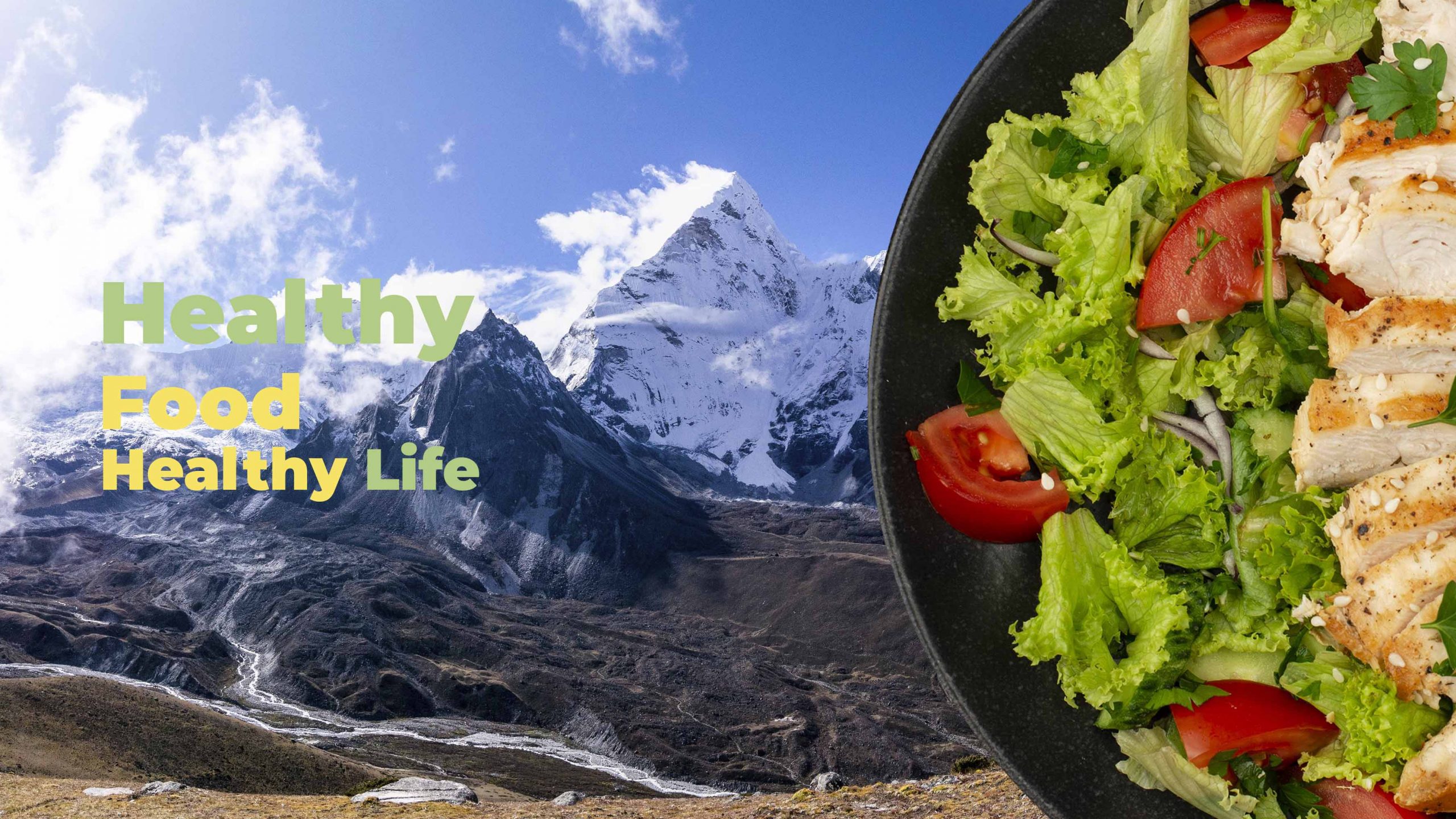
Introduction
Nepal, known for its stunning landscapes, rich cultural heritage, and welcoming hospitality, is a top destination for trekkers from around the world. However, maintaining specific dietary practices while trekking in Nepal can be challenging. This comprehensive guide offers detailed information for trekkers following Kosher, vegetarian, vegan, and non-vegetarian diets, ensuring you enjoy a safe and delicious culinary experience during your adventure.
Local Cuisine and Common Dishes
Nepalese cuisine is diverse and nutritious, with rice, lentils, vegetables, and various meats as key staples. Here are some common dishes you’ll encounter:
- Dal Bhat: A traditional meal consisting of steamed rice (bhat) and lentil soup (dal), accompanied by vegetable curries, chutney, and sometimes meat or fish.
- Momos: Steamed or fried dumplings filled with vegetables, meat, or cheese, usually served with a spicy dipping sauce.
- Thukpa: A hearty noodle soup with vegetables and optional meat, popular in the Himalayan region.
- Aloo Tama: A curry made with potatoes, bamboo shoots, and sometimes black-eyed peas.
Dietary Options in Nepal
1. Kosher Diet
Traveling Kosher in Nepal requires some preparation, particularly in remote areas.
- Kosher Food Supplies: Bring non-perishable Kosher snacks and essential items. Kathmandu has a Chabad House offering some Kosher food options and can assist with dietary needs.
- Cooking Equipment: Consider carrying a small portable stove and Kosher cookware for meal preparation.
- Local Ingredients: Fresh fruits, vegetables, rice, and lentils are widely available and can be easily incorporated into a Kosher diet.
2. Vegan Diet
Nepal is quite accommodating to vegan diets, especially since many locals practice vegetarianism due to religious beliefs.
- Vegan Options: Request vegan versions of Dal Bhat, vegetable momos, and aloo tama. Ensure to specify no dairy products.
- Local Ingredients: Fresh vegetables, fruits, grains, and legumes are plentiful. Tofu and soy products are available in larger towns.
3. Vegetarian Diet
Vegetarianism is common in Nepal, and vegetarian options are widely available.
- Vegetarian Options: Dal Bhat, vegetable momos, aloo tama, and various vegetable curries. Egg dishes are also commonly available.
- Local Ingredients: Abundant fresh vegetables, fruits, grains, and legumes can be found throughout the country.
4. Non-Vegetarian Diet
For non-vegetarian trekkers, Nepal offers a variety of meat-based dishes.
- Non-Vegetarian Options: Chicken, goat, and fish are the most common meats. Popular dishes include chicken curry, momos with meat fillings, and meat-based Thukpa.
- Local Ingredients: Meat is typically fresh, but be cautious of food hygiene standards in remote areas.
Eating on Trekking Routes
Teahouses and lodges along popular trekking routes such as the Everest Base Camp and Annapurna Circuit provide basic meals. Here’s how to manage your diet while trekking:
- Kosher: Inform your guide or trekking company about your dietary requirements in advance. Carry Kosher snacks and cooking equipment.
- Vegan/Vegetarian: Teahouses often offer Dal Bhat and vegetable curries. Ensure to specify vegan requirements to avoid dairy and eggs.
- Non-Vegetarian: Meat options are available but may be limited. Opt for freshly prepared dishes to ensure food safety.
Tips for Maintaining Your Diet in Nepal
- Learn Key Phrases: Communicating your dietary needs in Nepali can be very helpful. For example, “Ma shakahaari ho” means “I am vegetarian,” and “Ma vegan ho” means “I am vegan.”
- Be Flexible: While it’s essential to stick to your dietary preferences, being open to slight variations can enhance your experience and interactions with locals.
- Hydration: Always drink purified or bottled water. Carry a portable water filter or purification tablets, especially when trekking.
Conclusion
Nepal offers a rich culinary experience that caters to various dietary needs. With proper planning and a bit of flexibility, trekkers can enjoy the diverse flavors of Nepalese cuisine while adhering to their dietary practices. Whether you follow a Kosher, vegan, vegetarian, or non-vegetarian diet, Nepal’s hospitality and adaptability will ensure a memorable and satisfying trekking adventure.
Related Stories & Blogs
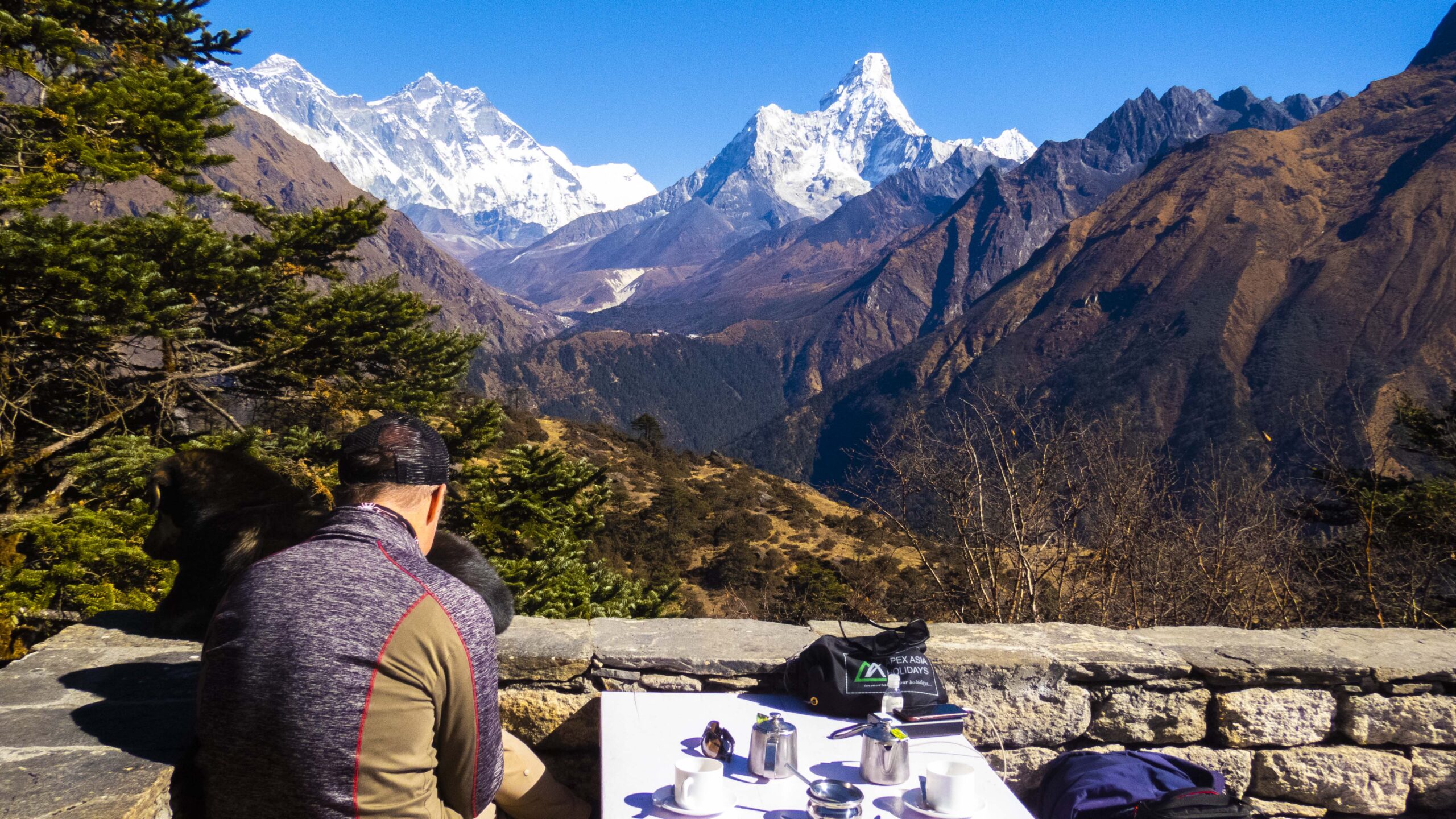
October 17, 2025
Top 7 Treks in Nepal You Can Actually Complete in a Week
Blog Read Time This post has 1132 words .This post has 7837 characters.This post take 7 minute to read....

September 27, 2025
Celebrating World Tourism Day: Travel as a Pathway to Connection and Change
Blog Read Time This post has 430 words .This post has 2711 characters.This post take 2 minute to read....
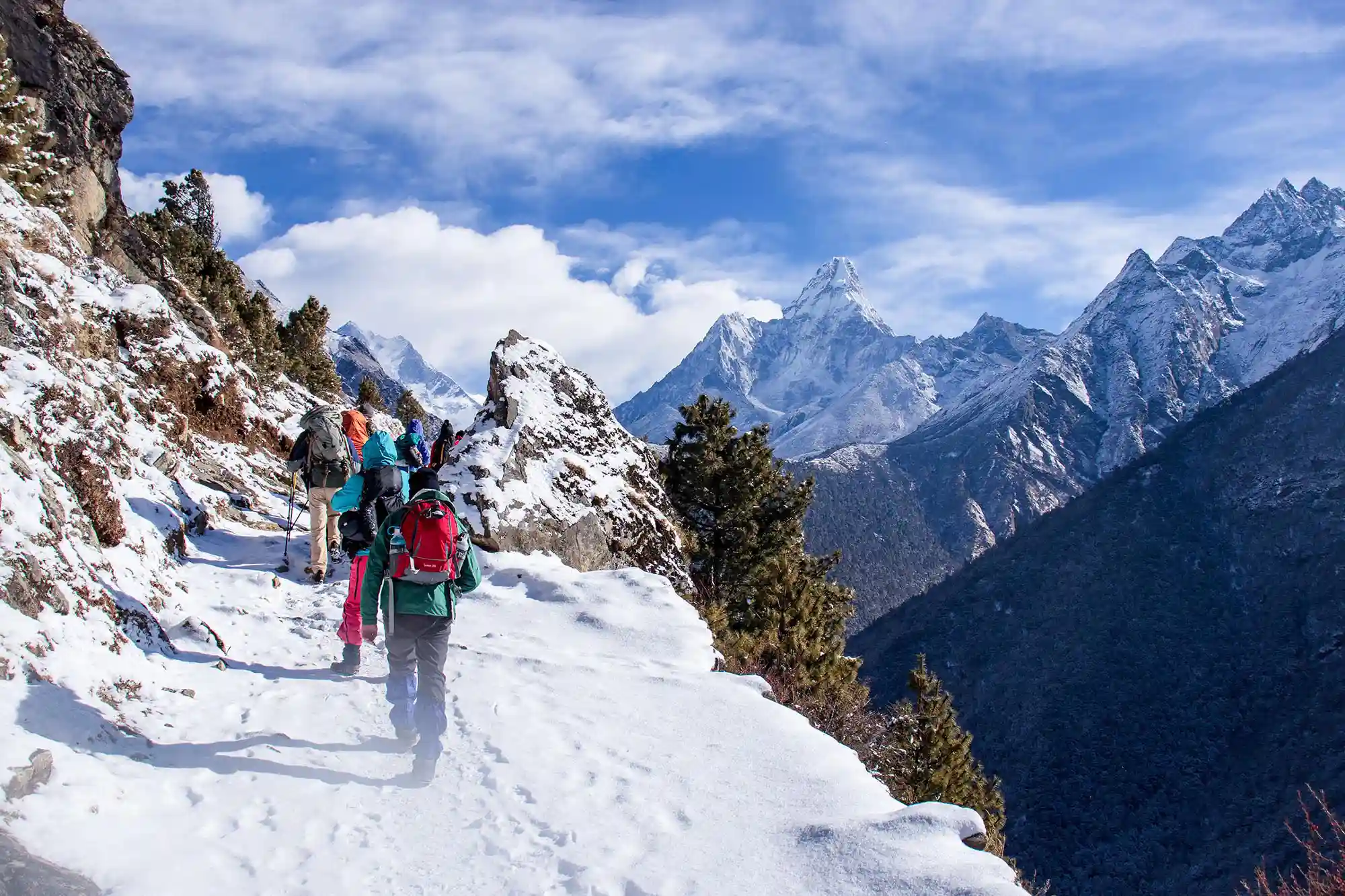
September 26, 2025
Why You Should Not Trek in Nepal
Blog Read Time This post has 506 words .This post has 3399 characters.This post take 4 minute to read....
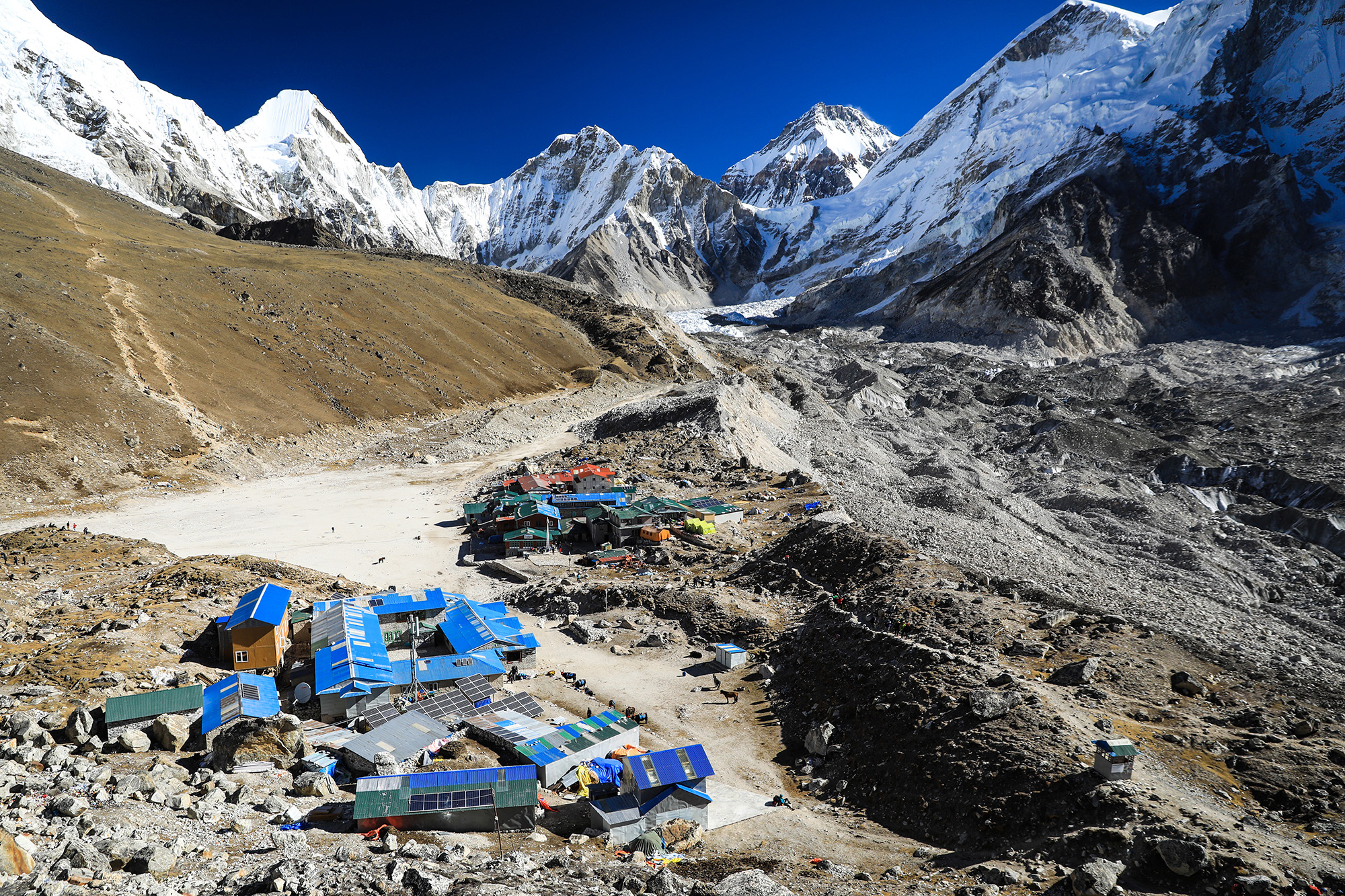
September 21, 2025
Beyond the Summit: Why the Everest Base Camp Trek is the Journey of a Lifetime
Blog Read Time This post has 646 words .This post has 4140 characters.This post take 3 minute to read....
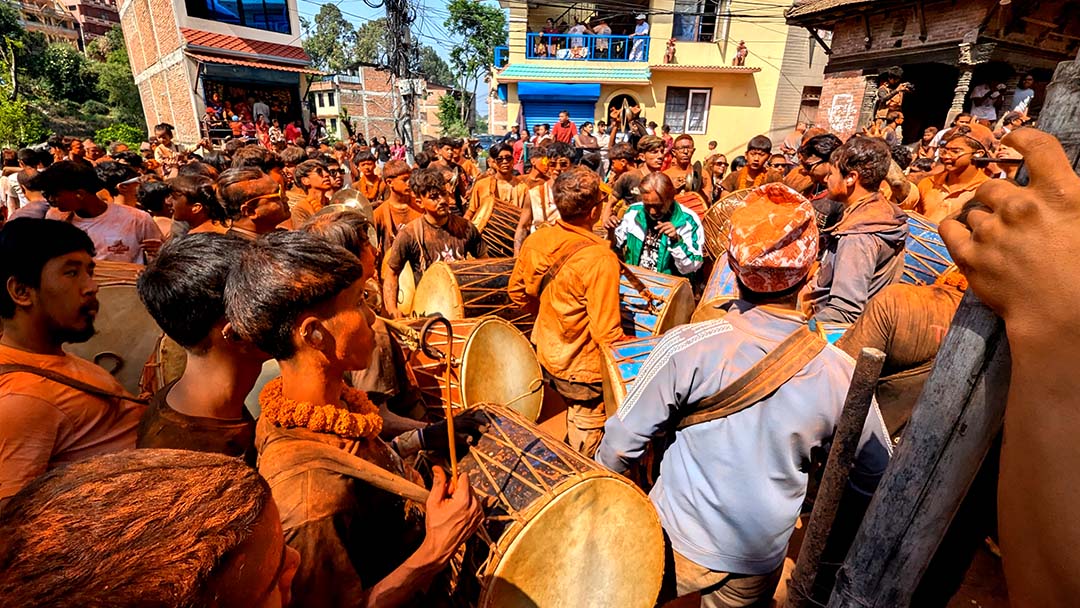
April 25, 2025
Immerse Yourself in the Vibrant Chaos of Bisket Jatra and Sindur Jatra in Nepal
Blog Read Time This post has 594 words .This post has 3915 characters.This post take 4 minute to read....
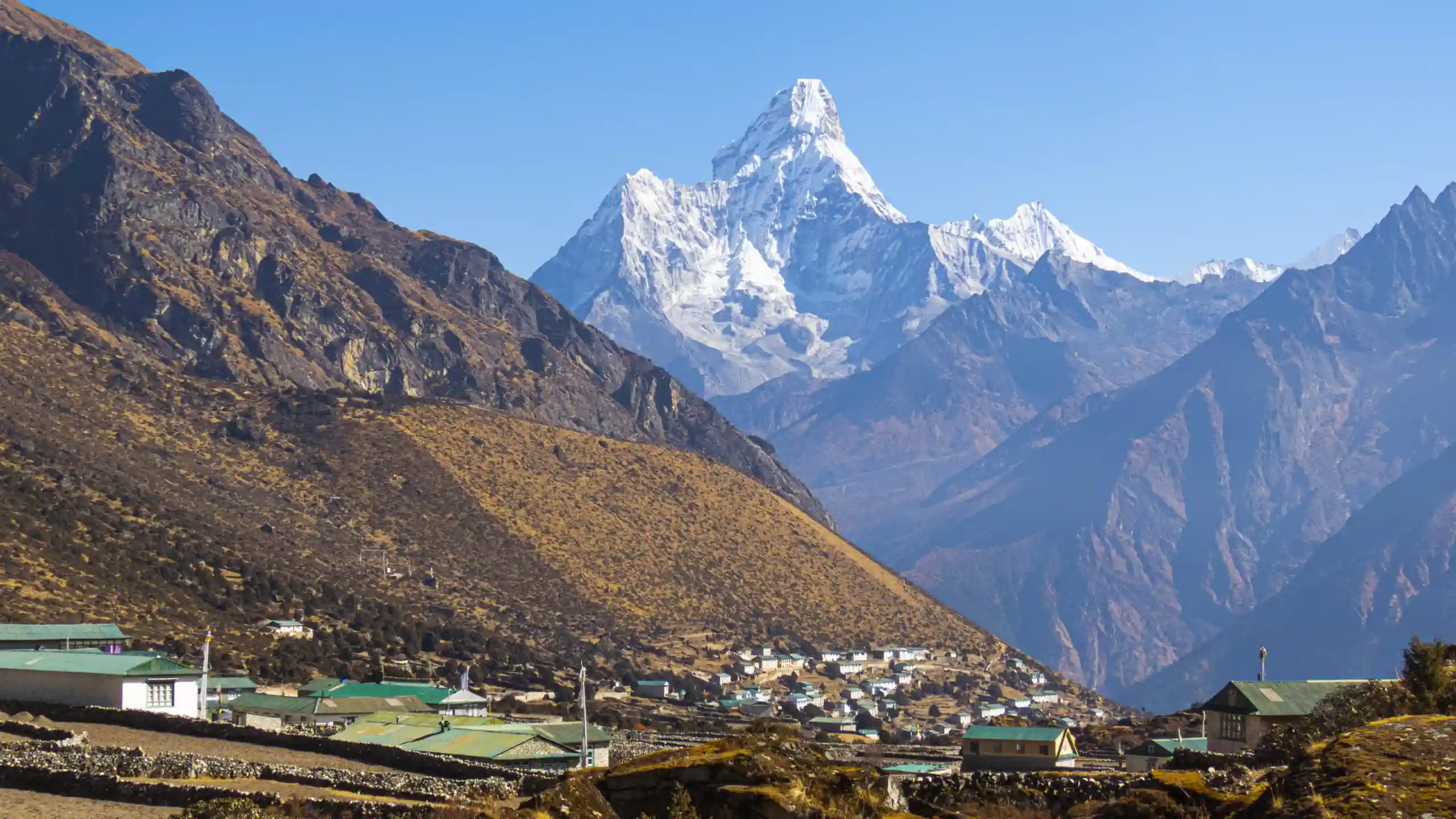
April 22, 2025
Everest Base Camp Trek Distance Guide
Blog Read Time This post has 706 words .This post has 4598 characters.This post take 4 minute to read....
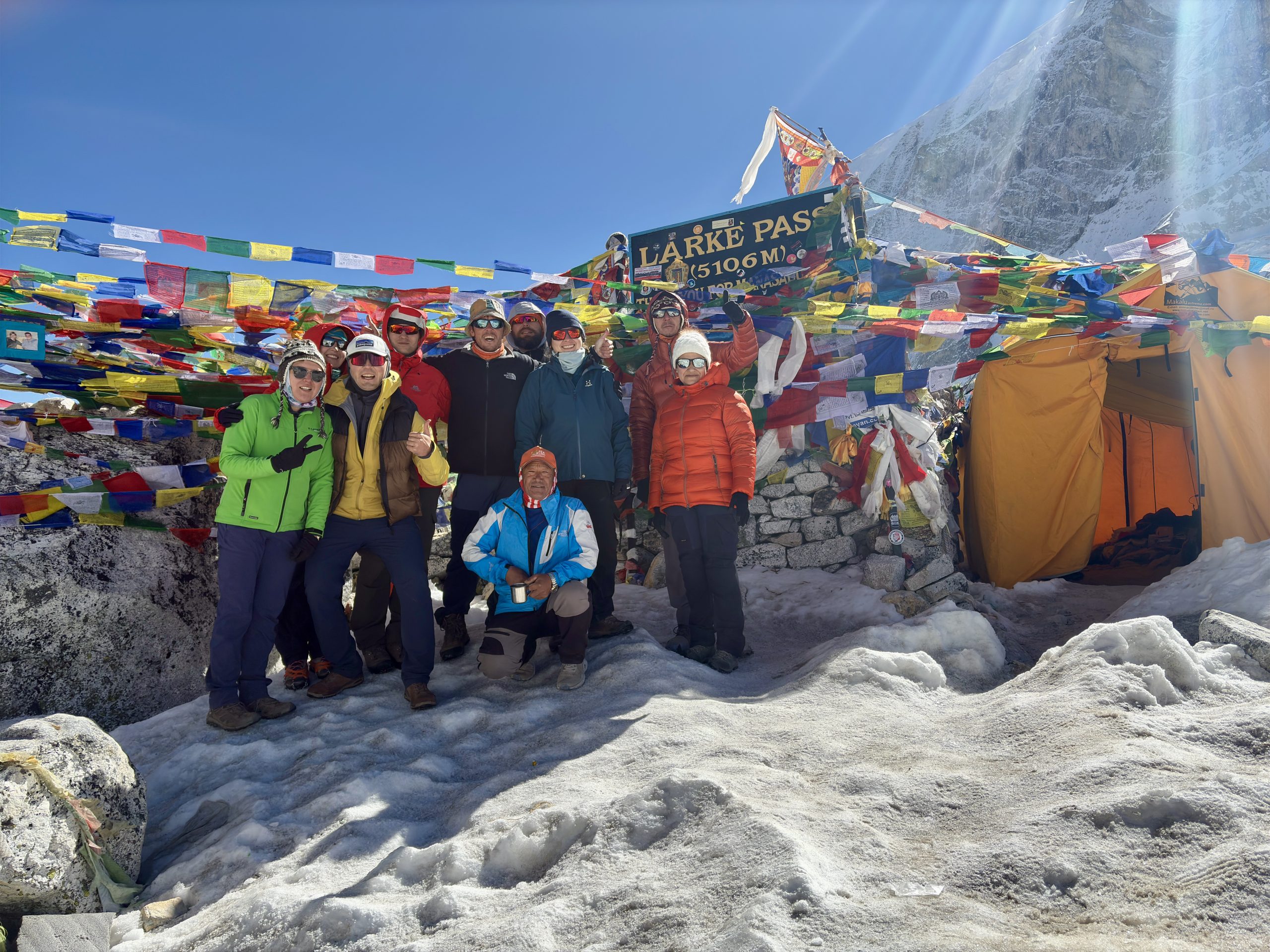
March 21, 2025
Larke La Pass (5,106m): A Breathtaking Himalayan Adventure
Blog Read Time This post has 807 words .This post has 5317 characters.This post take 5 minute to read....

March 14, 2025
Entry Fees for Heritage Sites and Museums in Nepal
Blog Read Time This post has 403 words .This post has 3179 characters.This post take 2 minute to read....
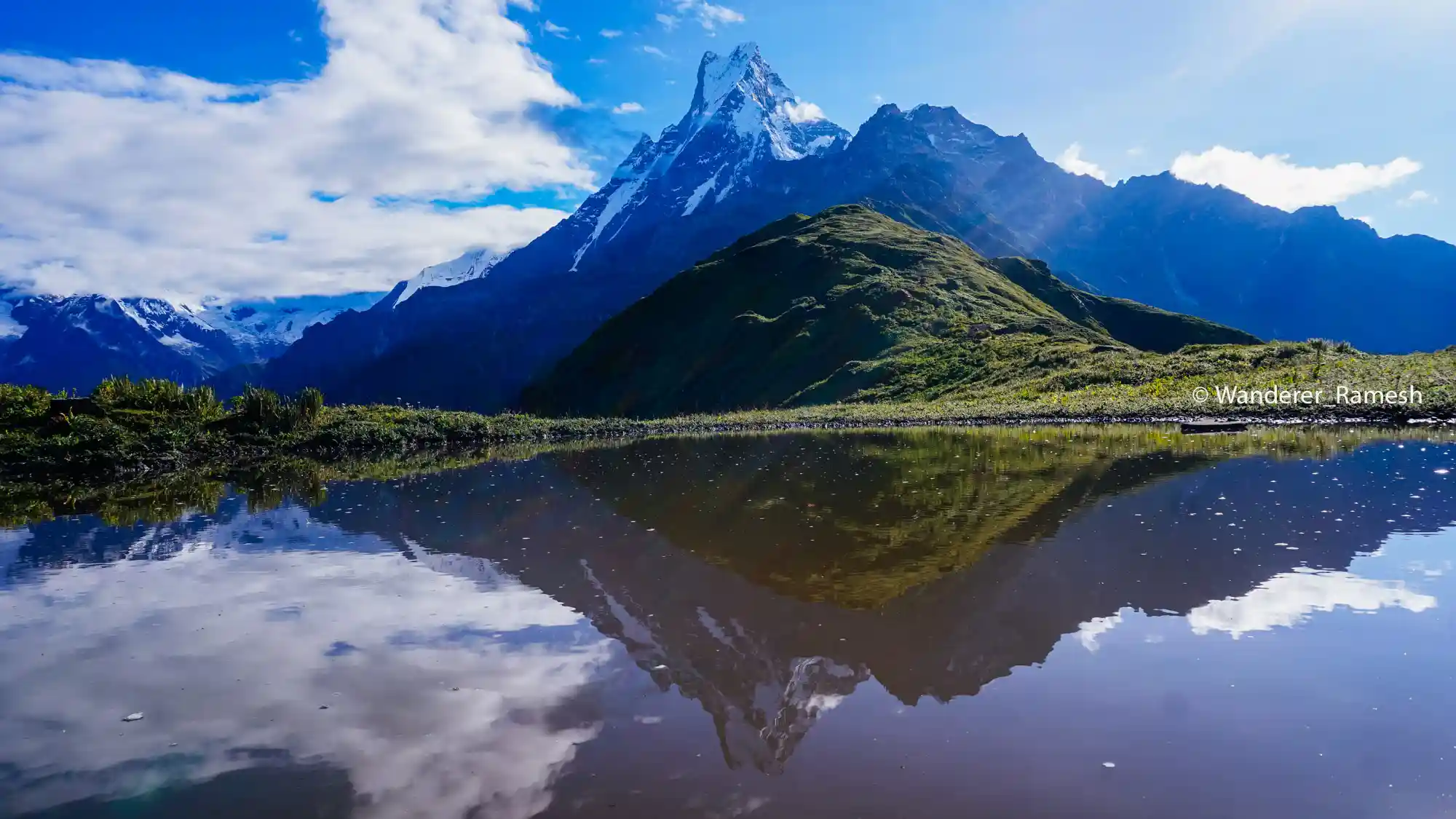
March 12, 2025
List of Hotels on the Mardi Himal Base Camp Trek
Blog Read Time This post has 408 words .This post has 3542 characters.This post take 2 minute to read....

 ramesh
ramesh